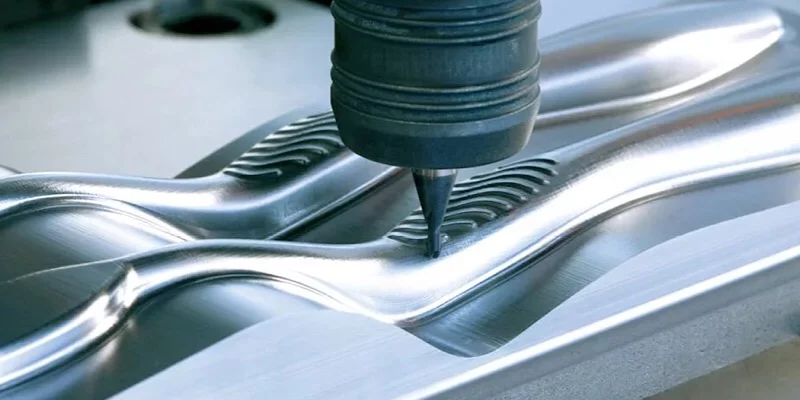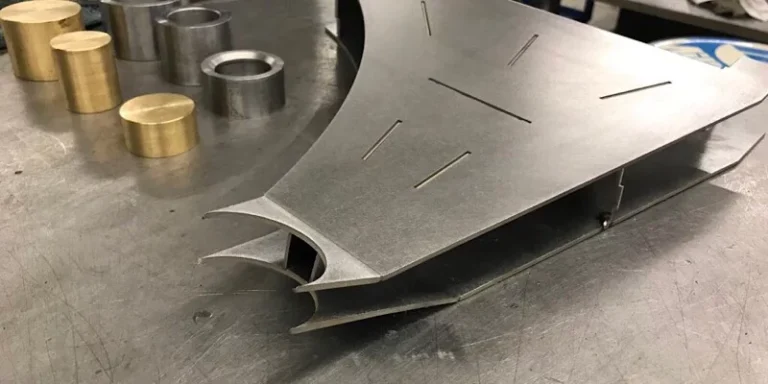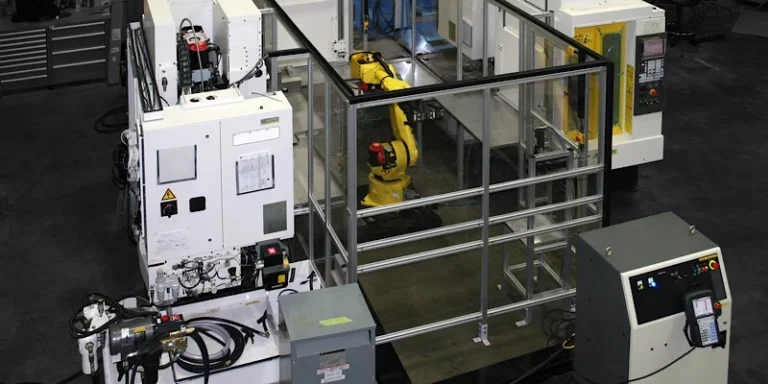Once you’ve finalized your product idea and perfected it into a final version, the next step is selecting the materials and manufacturing methods for each component. Current trends indicate that manufacturers are increasingly opting for aluminum alloys for metal device prototyping. These alloys offer several distinct advantages, and the aluminum fabrication techniques are both extensive and highly developed. Here are a few reasons why aluminum processing is an excellent choice for manufacturing your prototypes.
Outstanding Machinability
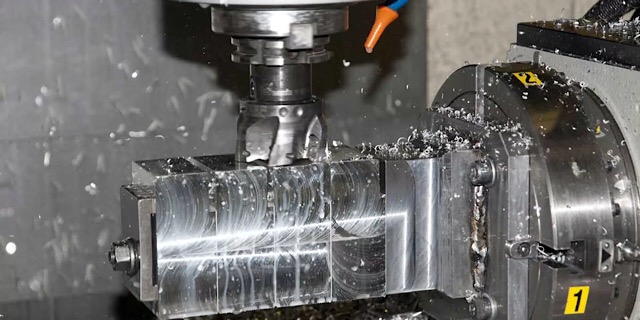
Machinability is a parameter that characterizes the efficiency of machining a specific metal. It is calculated as the machining speed of the material divided by the machining speed of a reference material, typically a simple carbon steel. When comparing the machining speed of aluminum alloy to that of 1212 steel, aluminum achieves 360% of the machining speed of steel. This means aluminum can be cut 3.6 times faster than steel. Although steel may be stronger and more durable, the reduced machining time of aluminum is more crucial for prototype development, allowing for faster production even if it slightly reduces operational life.
Aluminum alloys can be processed using a wide range of techniques. Since they conduct electricity, various electrochemical and coating options are also available. Common methods employed by aluminum fabrication companies include CNC-turning, CNC-milling, grinding, polishing, honing, drilling and tapping, electrical discharge machining (EDM), electrochemical machining, slotting, and more. By combining these techniques, it is possible to create parts of virtually any complexity and precision.
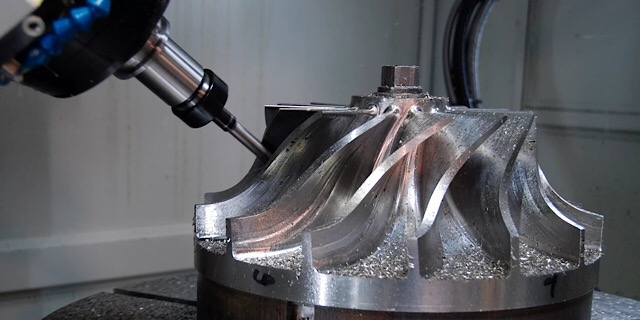
Great Precision and Surface Finish
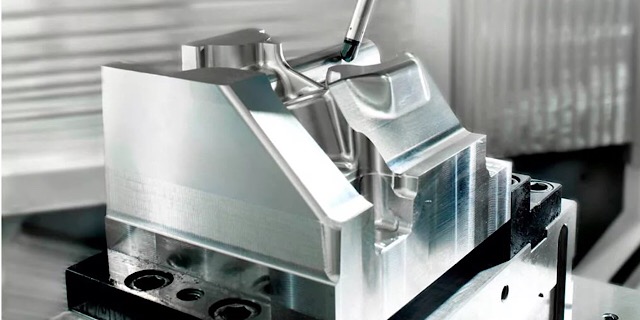
Custom aluminum fabrication, known as CNC aluminum, relies on CNC machining, which distinguishes it from other processes that involve melting and subsequent solidification, often resulting in distortion typical of all thermal processes. CNC machining provides the best surface finish and tolerances. By incorporating polishing operations, a mirror-like surface can be achieved. The maximum attainable tolerance in aluminum machining is IT8-7, with a surface finish of RA 1.25 µm.
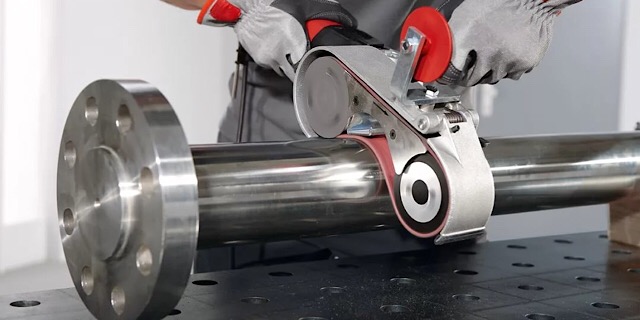
Easy Casting and Forming Possibilities
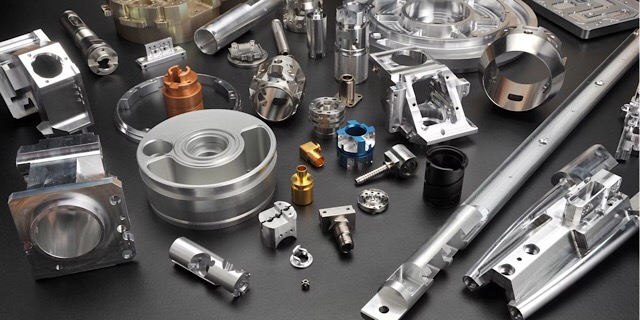
Aluminum alloys have excellent casting properties, making them ideal for producing sand cast parts for low-volume manufacturing solutions if you have a master model. The shrinkage is minimal while the metal’s liquidity is outstanding, allowing it to flow into the smallest details without causing significant errors due to solidification shrinkage. This reduces material waste for production batches starting from 10 units and up.
Forming is another effective method for processing raw aluminum blanks. Aluminum’s high plasticity allows it to be heated and hammered into the desired shape. While hot forming is commonly associated with mass production using die casting, there are flexible tools and equipment available that enable smiths to reshape blanks without special dies. Additionally, formed blanks typically exhibit higher strength than standard ones.
Corrosion Resistance
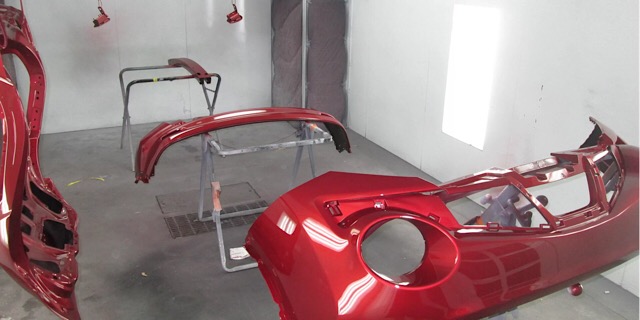
Aluminum fabricators benefit greatly from the alloy’s corrosion resistance properties. When dealing with orders where corrosion resistance is crucial, they can simply choose aluminum without further concern. Aluminum naturally forms a thin oxide layer on its surface, just a fraction of a millimeter thick, which protects the metal from external harmful agents. This means that no additional coatings or painting are required to prevent rust. If a coating or paint is applied, it further enhances the part’s resistance, making it almost impregnable to any external corrosive influence.
Great Weight-to-Strength Ratio
Aluminum alloys are three times lighter than steel, making them a popular choice in the aerospace industry. Despite their light weight, many aluminum alloys are engineered to match the strength of steel. This makes aluminum alloys an excellent choice for products where weight is a critical factor, such as handheld devices or aircraft. Given their strength-to-weight ratio, aluminum alloys are worth considering not only for prototypes but also for the final product.
Non-magnetic Alloy
Aluminum alloys are non-magnetic, which is generally an unimportant factor except in cases where immunity to magnetic fields is essential for a device’s functionality. While there are other non-magnetic alloys available, aluminum is one of the cheapest and strongest options. Therefore, choosing aluminum for enclosures or fixtures that must not become magnetized is a practical and cost-effective solution.
Medical Use
It is not widely known, but some aluminum alloys, such as 6063, 6061, and 3003, can be used in the medical industry due to their compatibility with human tissue. Medical manufacturers have limited options when it comes to biocompatible metal parts, and aluminum alloys present an affordable choice. In comparison, titanium alloys, though biocompatible, have poor machinability, whereas aluminum fabrication is efficient and straightforward. This makes aluminum alloys a practical option for medical devices and components.
Great Conductivity
Copper is the most common choice for wiring and electrical appliances, but it has several drawbacks: it’s soft, expensive, and has poor corrosion resistance. Aluminum, on the other hand, addresses all these disadvantages while still conducting electricity comparably to copper. This makes aluminum a viable choice for electrical device prototyping, especially when manufacturing complex electrodes.
Recycling Options
Modern industry prioritizes eco-friendliness, sustainability, and minimizing atmospheric pollution. Over the years, these factors have become increasingly important in selecting materials for products. As a result, polymers and plastics are no longer the default choice. Disposing of plastic parts after a product’s lifecycle can be challenging, as recycling industrial-grade plastics is often complex and costly. Burning them or storing them in junkyards is not ideal. Consequently, manufacturers are exploring alternative materials to adopt greener practices.
Aluminum alloys align well with the eco-friendliness trend. They are fully recyclable, as they can be melted down and reused for new parts with minimal waste. Additionally, the aluminum chips produced during the manufacturing of prototypes or low-volume batches can be sold, helping to offset some of the fabrication costs.

